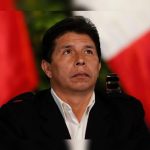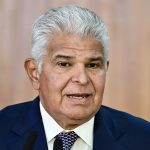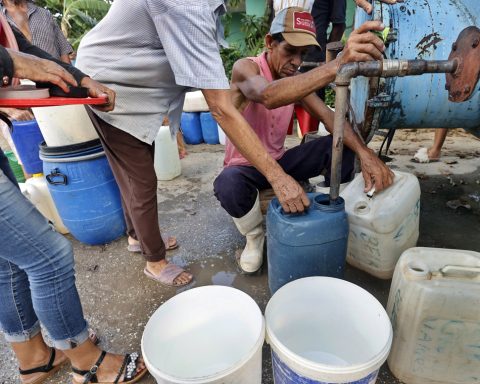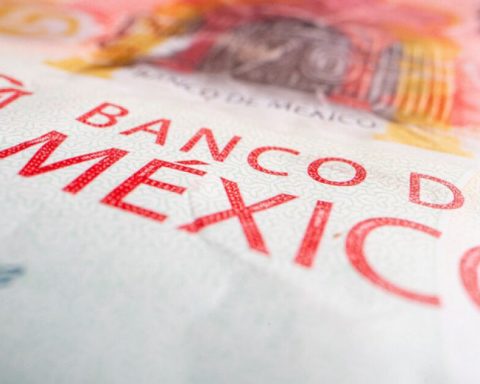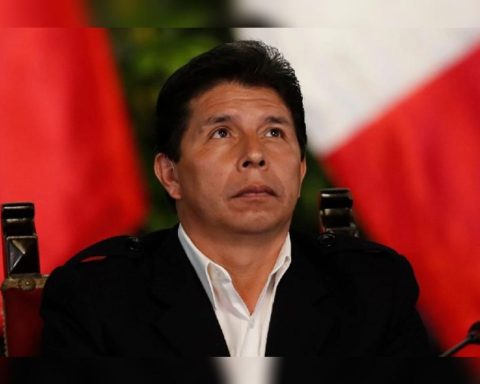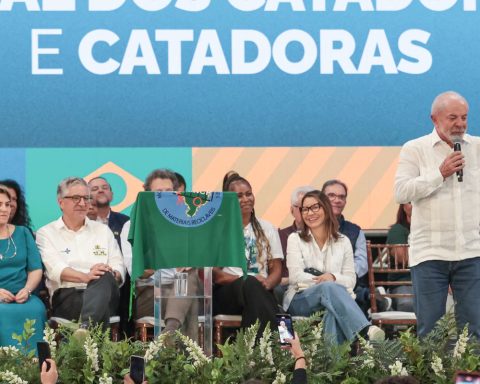During the year 2021 the National government spent, in terms of GDP, 34.4%, that is $404 billion, as announced by the National Administrative Department of Statistics (Dane), a growth of 10.3% compared to the previous year.
(See: This is the first state policy for gender equity).
The statistical entity reviewed, by purpose, the main destinations of government spending, which were last year social protection (9.9%), health (6.2%) and general public services (5.6%). This was, respectively, $116.6 billion, $46.7 billion, and $25.1 billion.
Regarding the increase in spending that occurred last year, the purposes that contribute the most to this growth are: health expenses, with 2.1 percentage points (pps), and a growth of 12.0%; public debt service, with 1.8 pps and a growth of 19.4%; expenses in economic affairs, with 1.8 pps and a growth of 17.3%, and social protection, with 1.4 pps and a growth of 4.8%.
Debt service represented an expense of $40.4 billion and expenses in economic affairs of $44.0 billion. Other expenditures made by the State last year are education ($46.7 billion), public order and security ($25.4 billion), defense ($13.3 billion), recreational activities, culture and sports ($7.1 billion ), environmental protection ($6.4 billion) and housing and related services ($6.7 billion).
Although in monetary terms government spending increased in 2021, the Dane highlighted that, as a percentage of GDP, this was higher in 2020, with 36.9% of GDP ($367.1 billion) in the last ten years. In 2010, for example, it was 29.5% of GDP.
(See: Political parties lost their identity).
Dane also presented the contributions, both from the public and private sectors, in terms of social spending. A report in which the entity reviews trends in social spending in its nine policy areas (health, old age, family, unemployment, survivors, housing, disability-related benefits, active labor market policies and other areas of social policy).
According to the entity, between 2010 and 2021 there is an increase in total public and private social spending, going from $73.7 billion to $203.7 billion, with an average growth of 9.7%.
The highest average percentage share corresponds to spending in the area of social policy for old age with an average of 39.5%, followed by health with 38% and family with 13.1%. These three areas represent an average of 90.6% of total public and private social spending according to Dane figures.
It stands out that health presents an increase in its participation, in 2010 of 35.6% and reaches its highest values in 2021, with 41.1%.
When reviewing the evolution over time according to the type of financing, the Dane reported that public social spending went from $66.0 billion in 2010 to $178.3 billion in 2021which represents an average growth of 9.5%.
On the other hand, mandatory private social spending was $5.4 trillion in 2010 and for 2021 it was $17.1 trillion, with an average growth in the series of 11.1%. Meanwhile, voluntary private spending went from $2.2 trillion in 2010 to $8.3 trillion in 2021. There, the average growth was 13.2%.
In this way, this implies that in the social participation of spending, the majority of social spending (88.7%) comes from public resources, while mandatory private social spending participates on average with 7.7% and voluntary private spending with 3.6%.
(See: The role of government in a public-private ecosystem).
Among the government spending figures, by subsector, the central government showed an increase of 16.1%, where the largest shares correspond to the following social protection purposes, with 22.0% and a variation of 11.8% and general public services with 19.5% and a variation of 8.1%.
The local government subsector presents a growth of 2.6%, where the largest shares of spending are: education, with 29.9% and a variation of 0.1%, and social protection, with 17.5% and a variation of 0.1%.
In social security funds there was an increase of 8.9%. The largest participations are social protection (52.5%), and health (47.5%).
(See: Tax, budget and more reforms that will be ‘taken’ by Congress).
LAURA LUCIA BECERRA ELEJALDE
Journalist Portfolio









